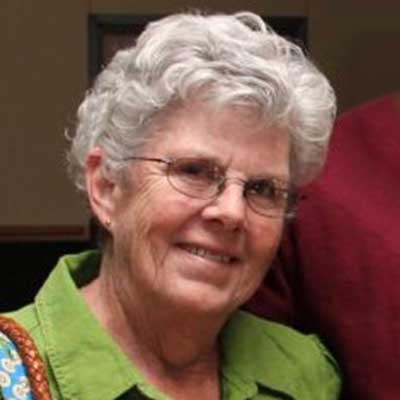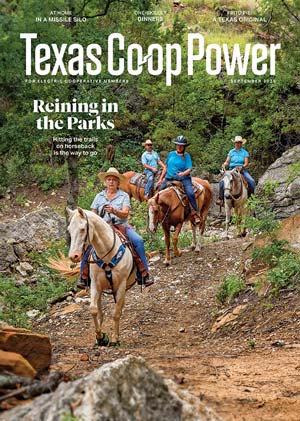A spring burbles in a peaceful Central Texas valley. Hidden beneath the tall weeds and grasses around the spring are the foundation stones of old buildings.
They are all that is left of a small Texas town—a town that was once as alive as the mockingbirds that bicker in the live oak trees.
Two hundred years ago, someone dug a well near the spring where the unmistakable aroma of wild onions filled the air. A windmill built above the well pumped water into a trough for horses and cattle.
The well never went dry, and during the hottest, driest weather, settlers drove their wagons for miles to get its water. The families who came to live there built a small Baptist church out of logs.
Eagles made their nests in the oak trees near the spring. And so the people who built their homes in the area called it Eagle Springs.
Before long, a post office and a general store were added. Since farmers near the spring grew lots of cotton, a cotton gin was built. Blacksmiths set up shop and fixed wheels, sharpened plows and put shoes on horses. A woodworking and harness shop opened, and a doctor set up his practice in town. Court was held, and a jail was needed when horse thieves arrived.
Eagle Springs had become a noisy, bustling town of more than 200 by 1884.
The well always had plenty of water, so ranchers drove great herds of cattle through the town on their way north along a branch of the Chisholm Trail. Parents worked together to build a school for the children, and one little boy named Pat Neff grew up to become the governor of Texas.
One day the railroad announced that they were building a track in the area, but it would not go through Eagle Springs. The railroad brought business to other towns, and Eagle Springs began to decline.
The stores and blacksmith shops moved closer to the railroad. The farmers took their cotton there, and the gin closed.
The children were sent to a bigger school. The cattle went north in railroad cars. Little by little, the old, abandoned buildings at Eagle Springs fell into ruin.
After nearly two centuries, little is left but the spring and the church, rebuilt in 1876 after the log church burned.
Bit by bit, nature has erased Eagle Springs, relegated to Texas’ long list of more than 500 ghost towns.
The water still burbles cheerfully over stones, and wild onions grow all about. The evening breeze shivers the leaves of the live oak trees, making a sound like the soft whispering of voices from long ago.



